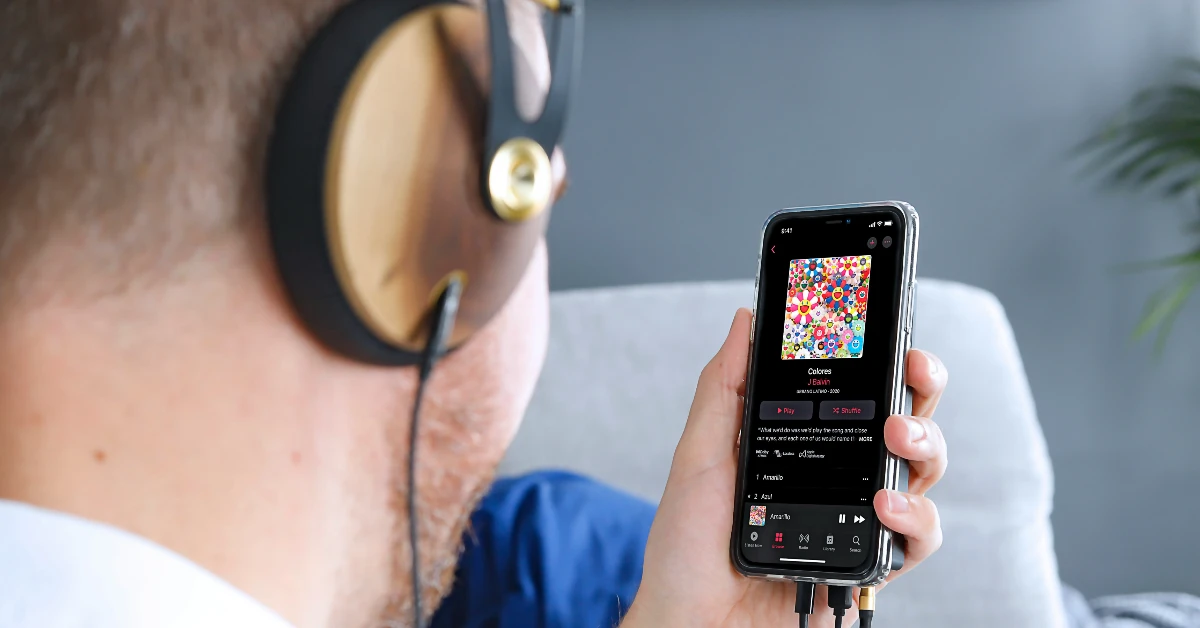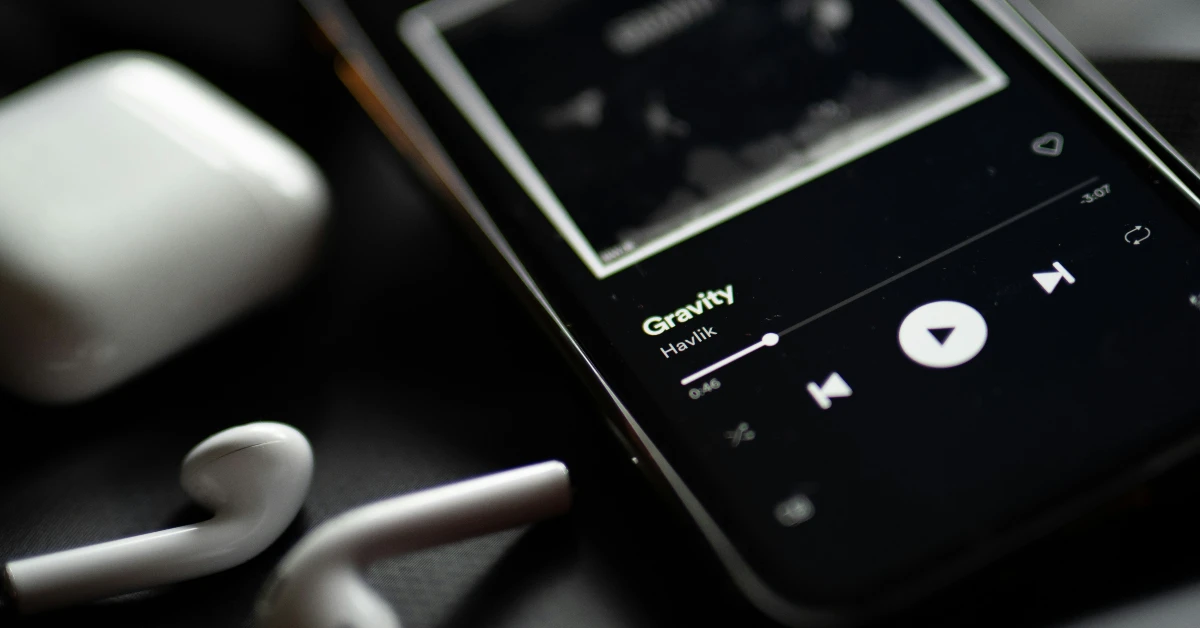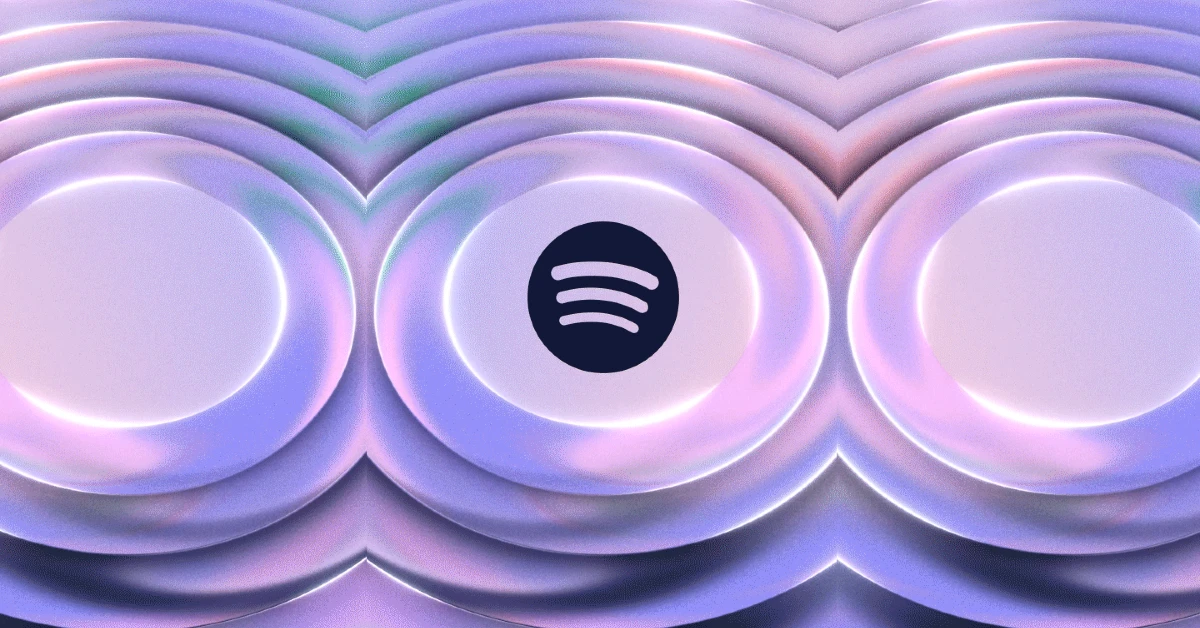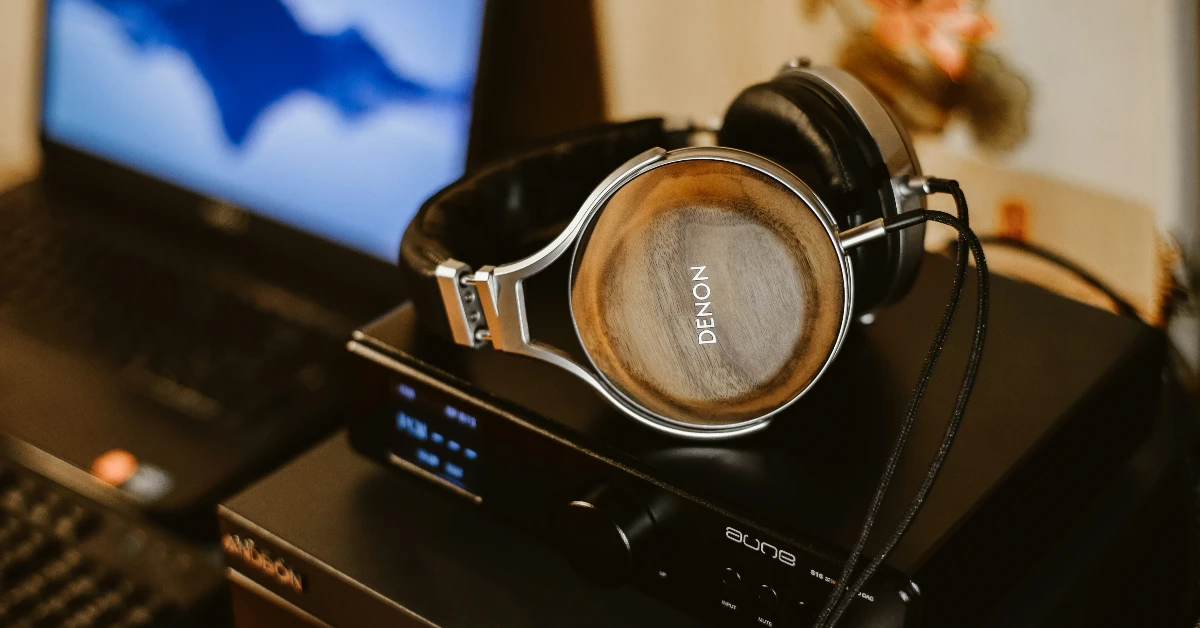Recently, Spotify joined the elite club of music streaming platforms that offer lossless audio. For ages, audiophiles and music enthusiasts have sworn by the elevated listening experience offered by lossless audio, but this term still eludes many casual listeners. Now that it is readily available on major music services, it seems like a good time to understand what it means and how you can harness it to experience your favourite music in the best quality possible.
Read Also: Realme Black Friday Sale goes live on Amazon
In This Article
‘Lossless’ vs ‘Lossy’
When you hit play on a song in Spotify or Apple Music, you are accessing the platform’s digital library. The songs stored in these digital libraries are compressed to occupy less storage space on the platform’s servers and use minimal data on the user’s end. This compression naturally leads to a loss in audio quality as some important details are left out of the digitised version. The sonic difference is noticeable when you play a song on Spotify versus a CD or a vinyl (given you have the right equipment, but more on that later).
A 16-bit bitrate and a sample rate of 44.1KHz is considered to be the standard resolution for lossless audio. These are the numbers you get while listening to music on a CD. Spotify’s lossless resolution is up to 16-bit/44.1KHz, while Apple Music has 2 tiers – 24-bit/48kHz (Lossless) and 24-bit/192kHz (Hi-Res Lossless). As you can tell, Hi-Res audio tends to go beyond the quality of lossless. Lossless files typically use FLAC, ALAC, WAV, and AIFF formats, to name a few. Meanwhile, lossy audio uses formats like MP3, AAC, OGG, and more.
How to switch to Lossless Audio on your preferred streaming service
Spotify
Step 1: Launch the Spotify app on your phone.
Step 2: Tap your profile picture in the top left corner of the screen.
Step 3: Select Settings and privacy.
Step 4: Go to Media quality.
Step 5: Select Lossless as the audio quality for WiFi and/or cellular streaming. You can also select it for Downloads.
Apple Music
Step 1: Launch the Apple Music app on your phone.
Step 2: Tap the ellipses (three dots).
Step 3: Go to Settings and select Audio Quality.
Step 4: Tap on Lossless and choose your preferred resolution.
Alternatively, on your iPhone, go to Settings>Music>Audio Quality>Lossless, and pick a resolution.
Is switching to a lossless format enough?
When you switch to a lossless format on your preferred music streaming platform, you need to make sure the audio remains lossless until it reaches your ears. When you play a song on Spotify or Apple Music, the digital track (consisting of 0s and 1s) gets converted to an analog soundwave with the help of a Digital to Analog Converter (DAC). The issue lies with the quality of your phone’s DAC. Most entry-level and midrange phones use cheap DAC chips that aren’t able to do justice to the lossless format. To get around this problem, you need a physical DAC that plugs into the USB-C port of your smartphone.
Once you’ve set up the DAC, you can plug in your wired headphones and enjoy lossless music. If you want to listen to a song the way the artist intended, get your hands on a pair of In-Ear Monitors (IEMs) for true studio sound. IEMs generally have a neutral soundstage, which allows them to relay audio the way it was recorded in the studio. You won’t hear artificially boosted frequencies.
So, what does this mean for people who don’t want to let go of their wireless earbuds? The problem with a Bluetooth connection is that it has a limited bandwidth that inherently causes file compression. Qualcomm’s aptX Lossless codec resolves this issue by relaying uncompressed audio over Bluetooth. While buying a pair of wireless headphones, make sure that they support this codec. As is the case with wired headphones, you will need a Bluetooth DAC to make sure the digital signal is converted to analog without any loss.
Read Also: Oppo F31 Pro+ Review: Taking durability to the next level!
Final Thoughts
Evading compression at every stage is essential if you want to enjoy lossless audio. Merely switching to a lossless format on Spotify or Apple Music is futile if it is eventually going to comply with your Bluetooth headset’s bandwidth. When you’ve got the right gear to harness the resolution of lossless audio, you will notice the difference in sound quality right away.







